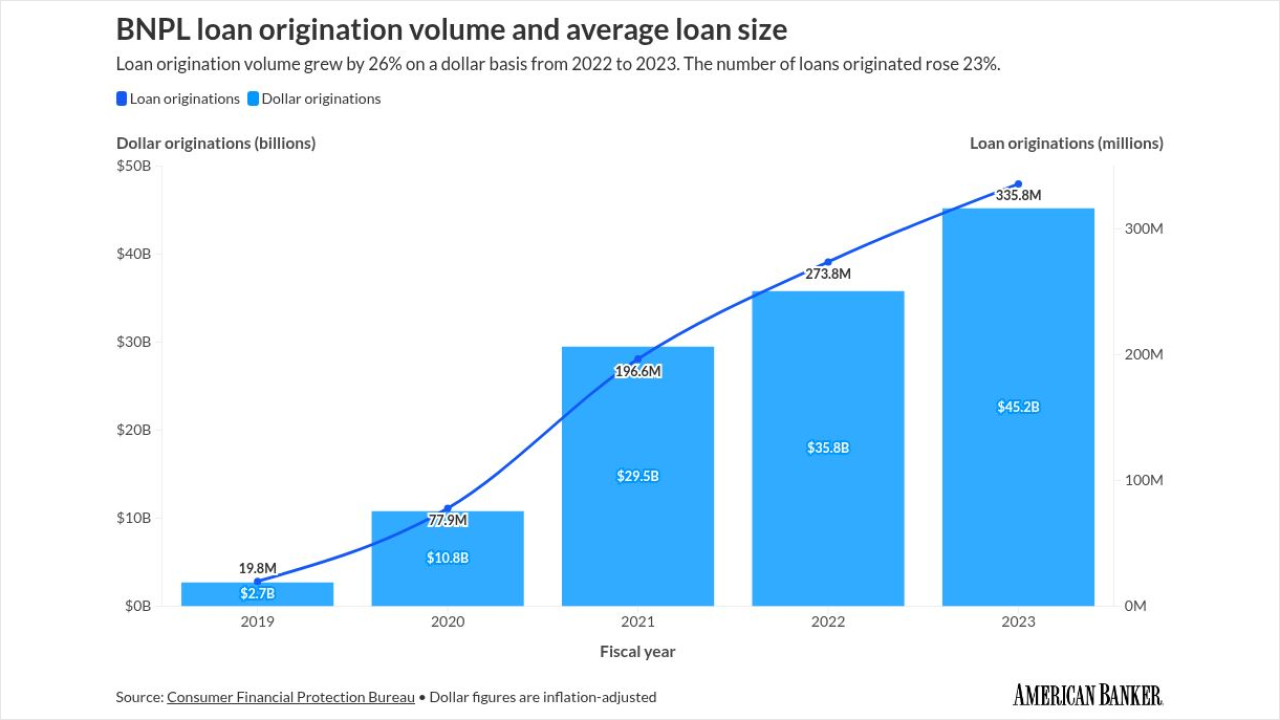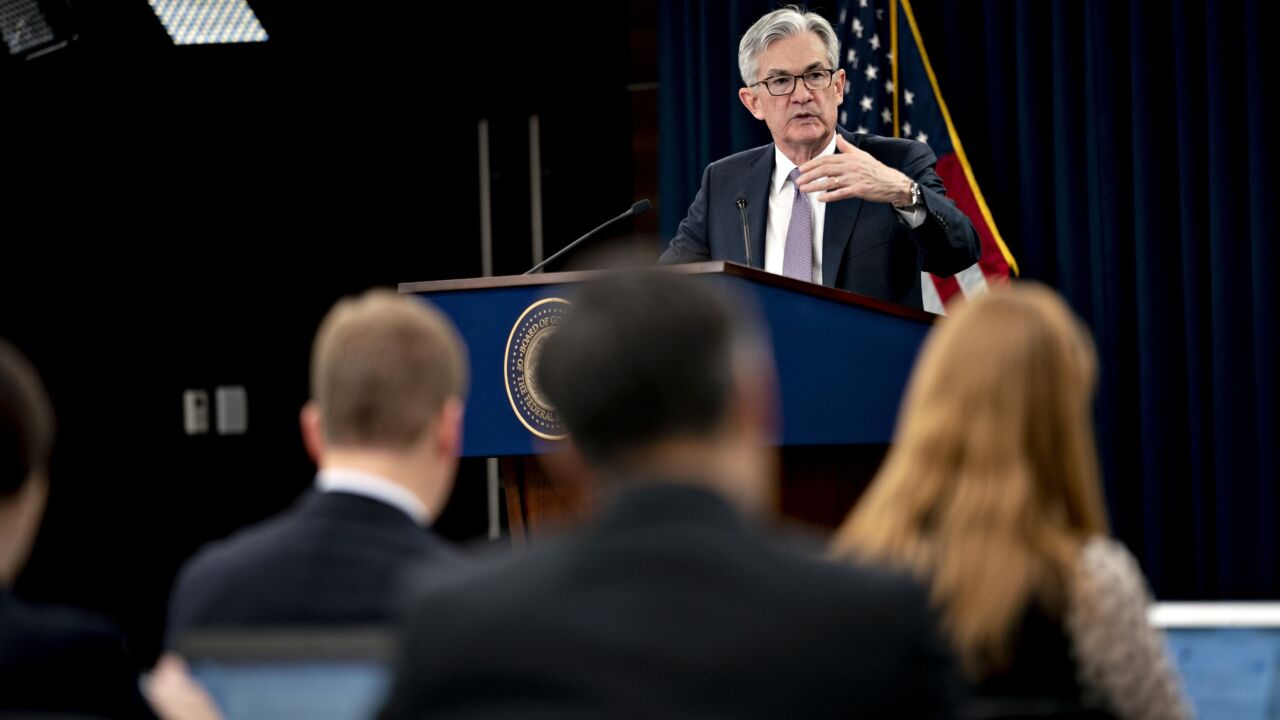A recent federal appeals court decision is likely to play a significant role in reducing, at least for a time, the so-called creditor-on-creditor violence that was already on the decline in 2024.
Market participants aren't declaring victory yet, though, because the record volume of liability management exercises (LMEs) enabling those transactions is likely to continue, and borrowers may already be seeking new ways to pursue debt exchanges outside of bankruptcy that can disadvantage some lenders.
On December 31 the U.S. Fifth Circuit Court of Appeals reversed a bankruptcy court ruling from July that approved the Serta Simmons Bedding's "uptier" LME. In that transaction, a select group of existing lenders exchanged their senior debt for super-senior debt, stripping value away from the debt held by the remaining senior lenders and leaving them in a significantly inferior position as lenders.
A popular archetype for recent LMEs, the Serta uptier exploited an exception to the loan's requirement to share collateral among lenders on a pro-rate basis, by purchasing the super-senior debt in the open market. The bankruptcy court determined that various lending groups competing to provide the new financing satisfied that exemption, a position refuted by the appeals court. It concluded that the debt purchase may have been open to competition but not in an actual market—the secondary market for syndicated loans.
"Serta will almost certainly reinforce a preexisting market trend away from LMEs involving only a select group of bare majority lenders, to LMEs designed to encourage participation by holders outside the initial group at worse economics rather than completely excluding such parties," said Morrison Foerster, in a note published soon after the appeals court's December 31 decision.
The law firm also noted that the appeals court's decision to eliminate the super-senior lenders' indemnity from the chapter 11 plan, increasing the likeliness of litigation, could impact those lenders' willingness to enter into such aggressive transactions.
Nonbinding but influential
The Fifth Circuit's decision doesn't bind state courts or federal courts outside its jurisdiction, made up of Texas, Louisiana, and Mississippi. Market participants elsewhere could seek to replicate the Serta uptier transaction for more favorable outcomes. However, the decision is likely to be influential, according to George Yannopoulos, director, leveraged finance, at S&P Global Ratings, and no other lawsuits addressing the same issues in other jurisdictions are on the horizon.
The aggressive LMEs in 2022 and 2023, in which approximately half and as much as 100% of the value was moved away from lenders in the disenfranchised group, were already less prevalent last year, according to Octus, a provider of credit data and analysis. The trend was sparked in February 2024 after the judge overseeing the separate Incora/Wesco litigation suggested that the uptier transaction took away rights of lenders outside the favored, ad hoc group.
That raised concerns among borrowers about litigation, according to Jared Muroff, stressed/distressed research manager at Octus, a provider of credit data and analysis. He added that another factor may have been major institutions, often on both sides of the investment fence, raising concerns about litigation's "frictional costs."
Through the rest of 2024, Octus recorded seven uptier LMEs, including loans for City Brewing, Valcour and Empire Today, in which significantly less than half the value held moved away from lenders outside the favored ad hoc group.
Walking the tightrope
Aggressive uptier LMEs typically aim to reduce the amount held by lenders in the favored group to maximize their benefits from the transaction. But the strategy also increases the likelihood that spurned lenders will pursue costly lawsuits if they lose excessive value in the debt exchange.
"If a lender is losing just 10% of its value, that feels a bit like a backstop fee to help manage a deal, so it might not pursue costly litigation," said Jared Muroff, stressed/distressed research manager at Octus.
Uptier LMEs from last year took that more moderate approach, but an aggressive transaction for Better Health in December 2024 moved more than 60% of the loan's value away from non-ad hoc lenders. Muroff said borrowers will likely test "how hard they can kick the dog before it howls." But whether the Better Health deal represents an exception to the trend, or a reversal of it remains unclear, because the private transaction's terms were unavailable.
Leveraged borrowers, typically owned by private-equity sponsors, are anticipated to continue testing the boundaries of what lenders will accept, especially if they can achieve helpful debt relief at an attractive cost. LME use increased along with creditor-on-creditor violence when interest rates climbed steeply in 2022 and levered borrowers urgently needed to extend maturities or capture other forms of relief from their lenders. Lingering higher rates today may fuel a similar pattern.
"We're starting to see early signs of the economy rolling over," Muroff said. "Tariffs and a variety of other factors all augur that these companies have entered 2025 struggling."
The trend toward less lopsided LME outcomes for lenders would be positive for the overall commercial loan market, said Steve Wilkinson, managing director at S&P Global. However, he added, there is still plenty of flexibility in most loan documents to restructure loans that significantly disadvantage some lenders, and his team has heard anecdotally that borrowers are seeking more flexible language to circumvent court ruling on open market purchases. They may also opt for other LME structures, he said, including drop down, double dip and pari plus transactions.
"Lenders typically don't have a lot of negotiating power to get the exact [protections] they want, so it will be interesting to watch how this plays out," Wilkinson said.





